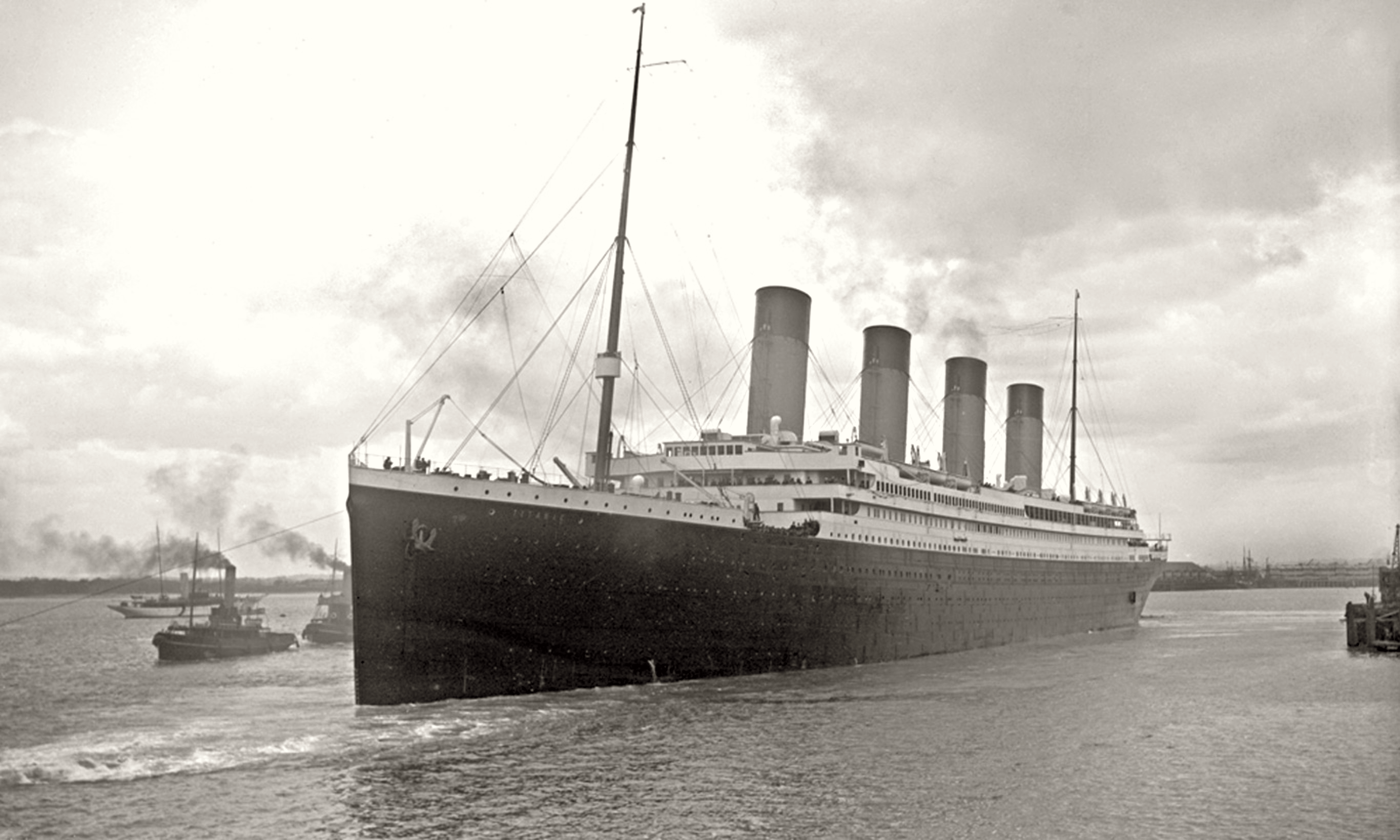10 Everyday Objects That Were Originally Invented for War
Throughout history, warfare has been a formidable catalyst for technological advancement. The demands of war necessitate rapid innovation and adaptation, often leading to the creation of tools and technologies that later find their way into civilian life. This phenomenon, where military innovations transition into everyday use, underscores a fascinating interplay between conflict and creativity. In this article, we delve into the surprising origins of 10 everyday objects that were originally developed for war, exploring how they transformed from battlefield necessities to household staples. By examining these innovations, we gain insight into the complex relationship between military needs and civilian applications, highlighting the ingenuity that emerges from adversity.
1. Duct Tape: The Adhesive that Held It Together
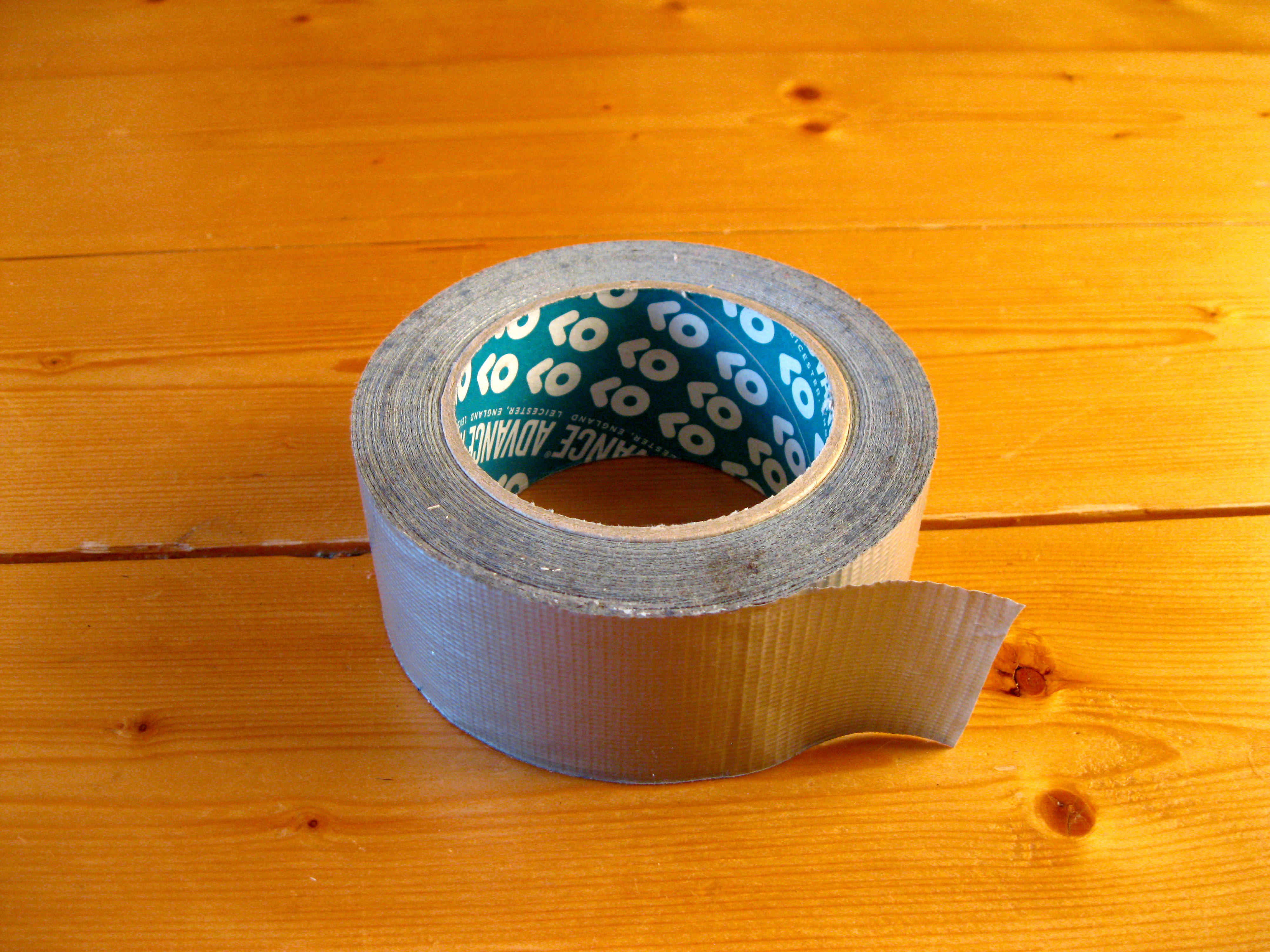
Duct tape, a ubiquitous household item, owes its existence to World War II. Originally known as "duck tape" due to its water-repellent properties, it was developed by Johnson & Johnson's Permacel division to seal ammunition cases. Soldiers quickly discovered its versatility, using it to repair equipment, patch boots, and even as a makeshift bandage. After the war, duct tape's utility was recognized in the civilian sector, leading to its widespread adoption in home repairs and DIY projects. Its evolution from a military tool to a household essential exemplifies the adaptability and enduring utility of wartime innovations.
2. The Internet: A Network Born from Conflict

The internet, a cornerstone of modern life, has its roots in the Cold War. The U.S. Department of Defense initiated the development of ARPANET, the precursor to the internet, to ensure secure communication in the event of a nuclear attack. Designed to be decentralized and resilient, ARPANET laid the groundwork for the global network we rely on today. As it transitioned from military to academic and eventually public use, the internet revolutionized communication, commerce, and information sharing. This transformation highlights the profound impact of military-driven technological advancements on society.
3. GPS: From Military Precision to Everyday Navigation
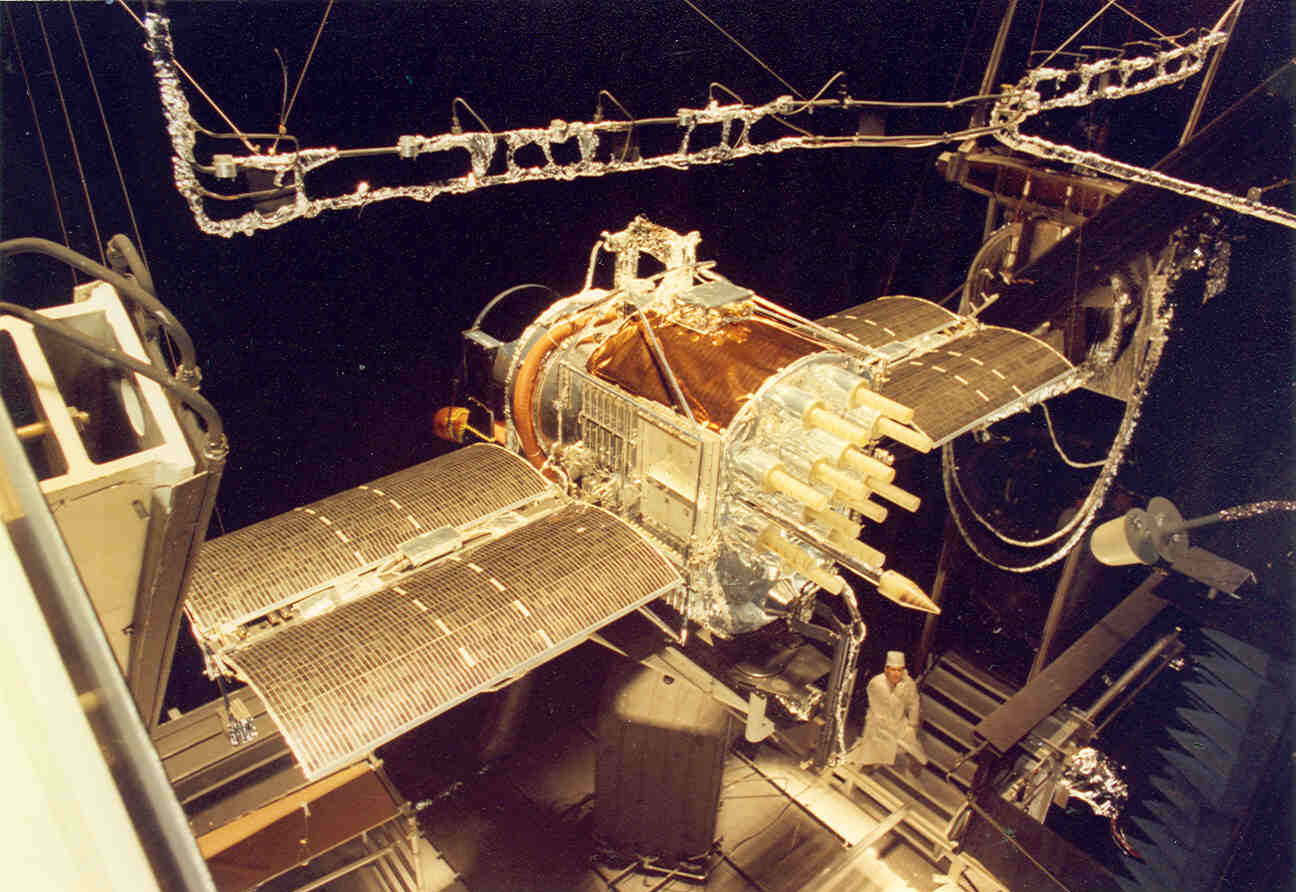
Global Positioning System (GPS) technology was initially developed by the U.S. Department of Defense for military navigation and targeting. Launched during the 1970s, it provided unparalleled accuracy in positioning and timing, revolutionizing military operations. In the 1980s, GPS technology became available for civilian use, transforming navigation for individuals and industries worldwide. Today, GPS is integral to transportation, logistics, and even personal fitness, illustrating how military innovations can enhance civilian life in unexpected ways.
4. Microwave Ovens: From Radar to Kitchen Staple
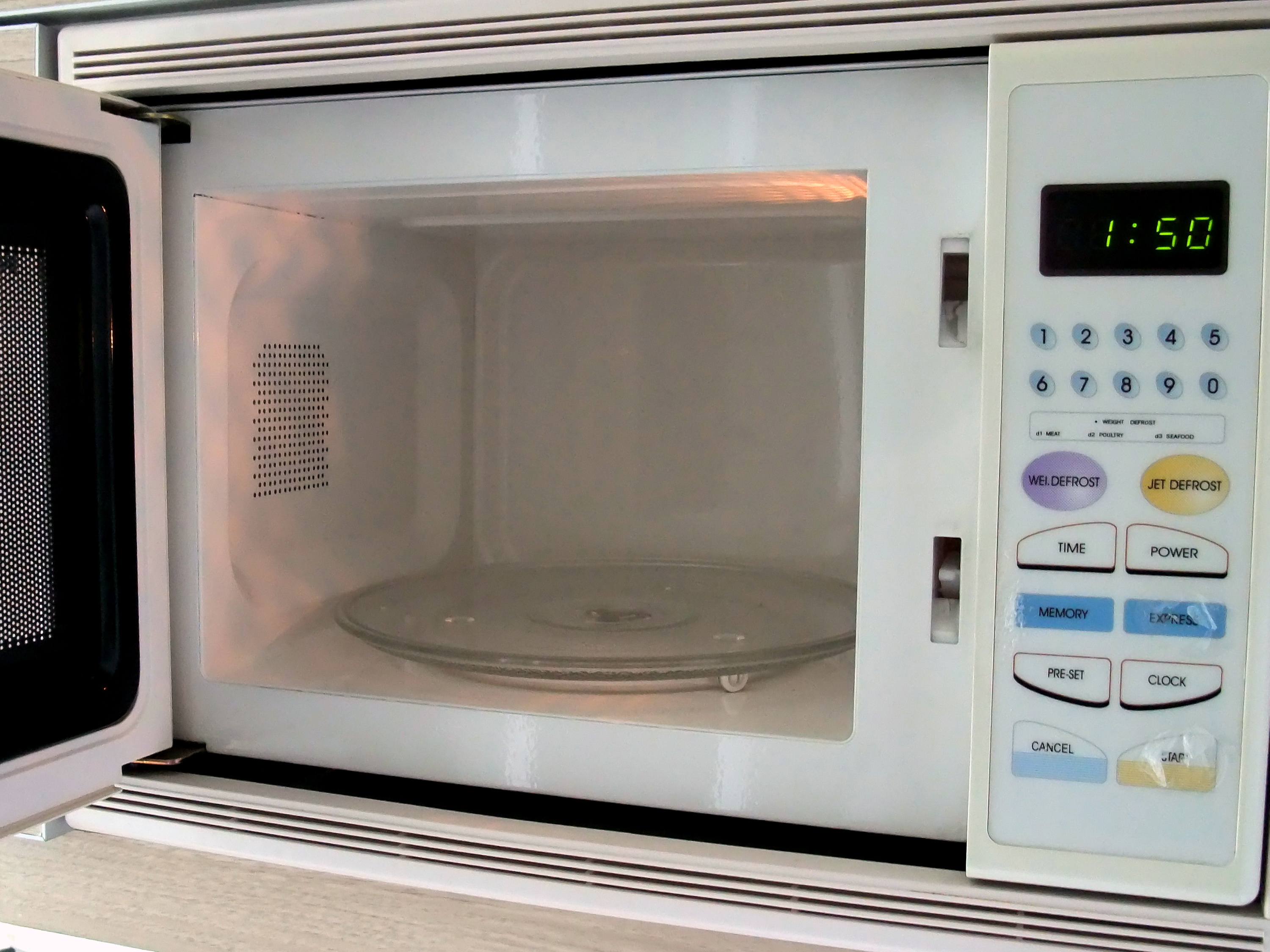
The microwave oven is a prime example of serendipitous innovation. During World War II, engineer Percy Spencer was working on radar technology when he noticed that microwaves from an active radar set melted a chocolate bar in his pocket. This discovery led to the development of microwave ovens, which revolutionized cooking by drastically reducing preparation time. Initially used in commercial settings, microwaves became a household staple by the 1970s, showcasing how military research can lead to culinary convenience.
5. Digital Cameras: Capturing Moments Beyond the Battlefield
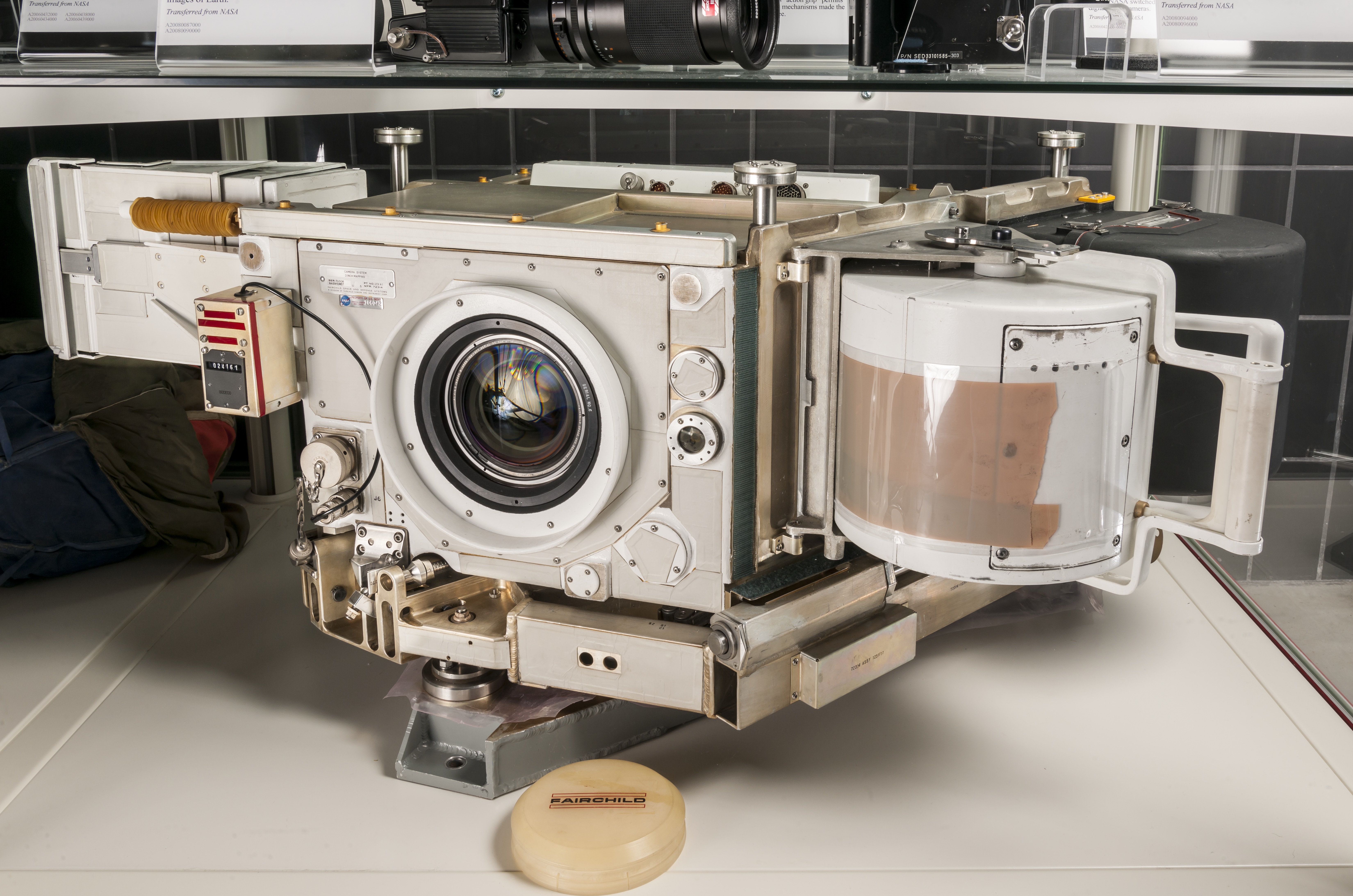
Digital camera technology emerged from the need for advanced imaging systems during the Cold War. The U.S. military sought to improve reconnaissance capabilities, leading to the development of digital sensors and image processing techniques. As these technologies advanced, they transitioned into the consumer market, transforming photography by eliminating the need for film. Today, digital cameras are integral to smartphones and personal devices, underscoring how military innovations can redefine everyday experiences.
6. Canned Food: Preserving Sustenance in War and Peace

Canned food, a staple in pantries worldwide, has its origins in military necessity. In the early 19th century, Napoleon Bonaparte offered a prize for a method to preserve food for his troops. This led to the invention of canning, which revolutionized food storage and distribution. Canned food played a crucial role in sustaining soldiers during wars and later became a convenient option for civilians. Its evolution from a military solution to a household convenience highlights the enduring impact of wartime innovations on daily life.
7. Synthetic Rubber: A Wartime Necessity

During World War II, the Axis powers controlled most of the world's natural rubber supply, prompting the Allies to develop synthetic alternatives. This led to the creation of synthetic rubber, which proved vital for producing tires, gaskets, and other essential components. After the war, synthetic rubber became a cornerstone of the automotive and manufacturing industries, demonstrating how military-driven innovation can lead to significant advancements in materials science and industrial applications.
8. Penicillin: A Medical Breakthrough from the Frontlines
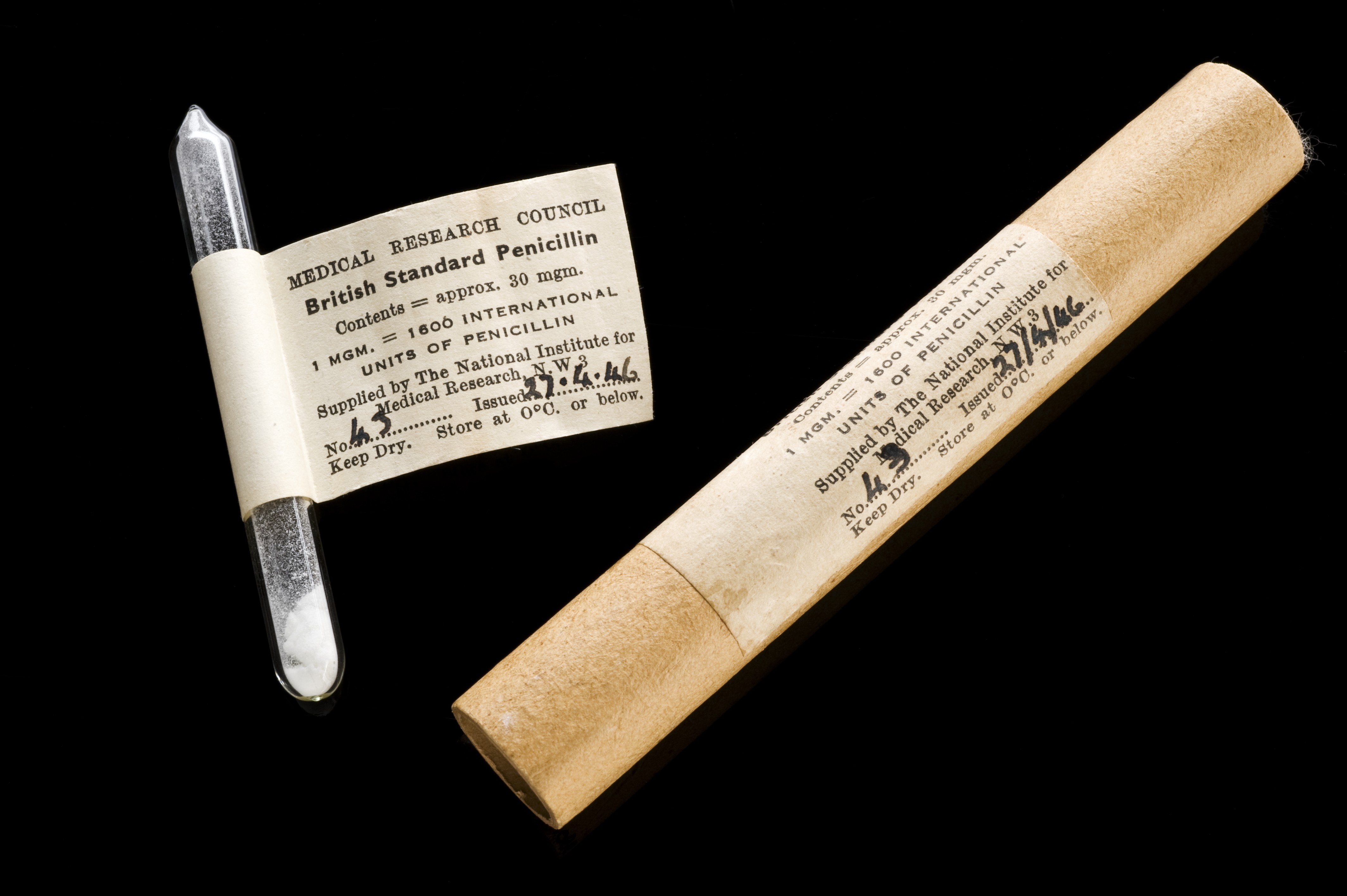
Penicillin, the first true antibiotic, was mass-produced during World War II to treat bacterial infections in wounded soldiers. Its development marked a turning point in medicine, drastically reducing mortality rates from infections. After the war, penicillin became widely available to civilians, revolutionizing healthcare and saving countless lives. This medical breakthrough, born from the urgency of wartime needs, illustrates the profound impact of military-driven research on public health.
9. Jet Engines: Propelling Innovation from War to Air Travel

The development of jet engines during World War II revolutionized aviation. Initially designed to enhance military aircraft performance, jet engines enabled faster, more efficient flight. After the war, this technology was adapted for commercial aviation, transforming air travel by reducing flight times and increasing accessibility. The transition of jet engine technology from military to civilian use exemplifies how innovations born from conflict can drive progress in transportation and connectivity.
10. Radar: From Military Detection to Weather Forecasting
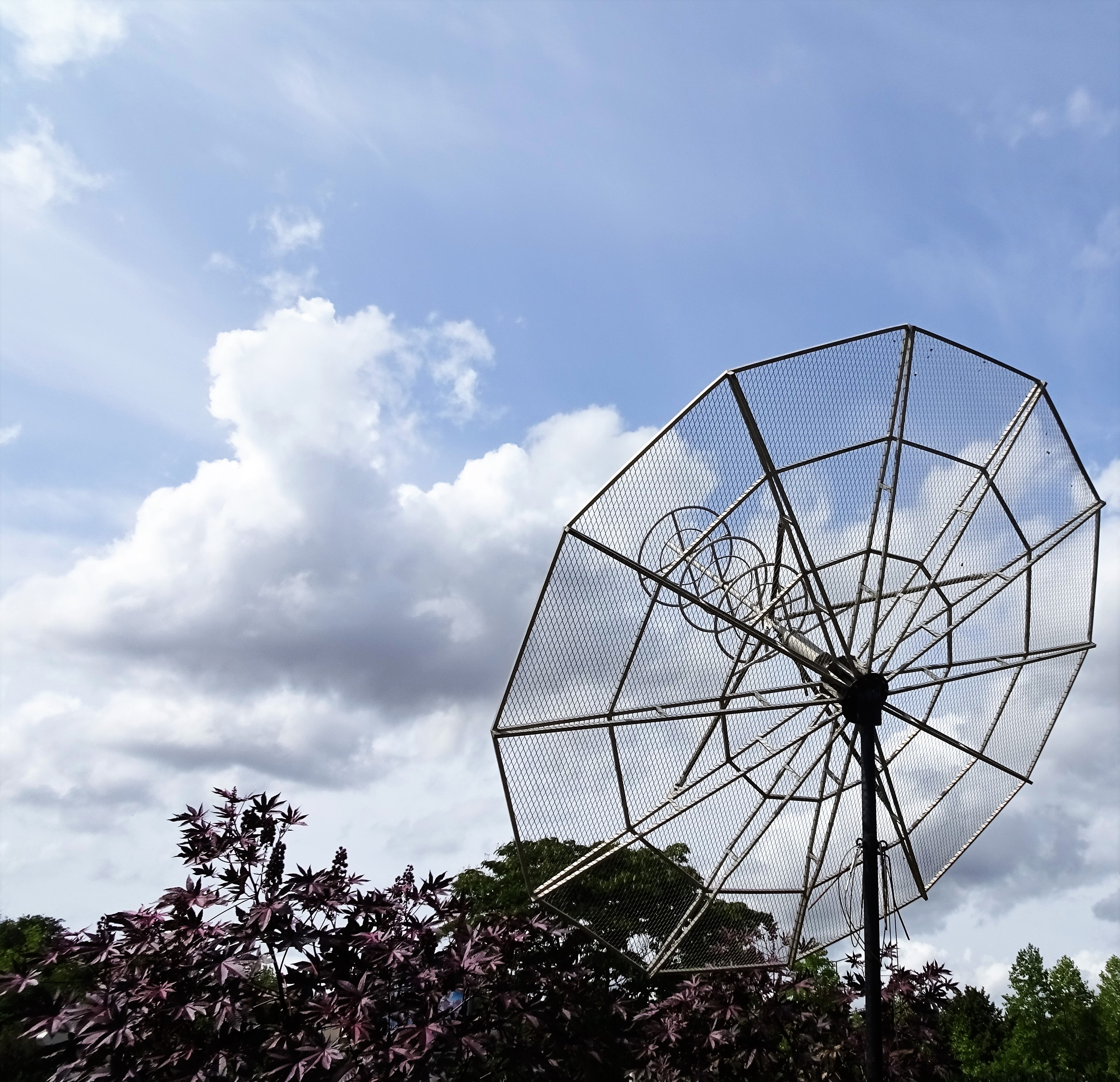
Radar technology, developed during World War II for detecting enemy aircraft, has since become a critical tool in civilian applications. Its ability to detect objects and measure their speed and distance has been adapted for weather forecasting, air traffic control, and even automotive safety systems. The evolution of radar from a military innovation to a multifaceted civilian tool highlights the versatility and enduring impact of technologies born from wartime necessity.
The journey of these 10 objects from battlefield innovations to everyday essentials underscores the profound influence of military-driven advancements on civilian life. Each example reflects a unique story of adaptation and transformation, illustrating how the pressures of war can lead to breakthroughs that transcend their original purpose. As we continue to navigate a rapidly changing world, the legacy of these innovations serves as a testament to human ingenuity and the enduring potential for technology to improve our lives, even in the most unexpected ways.






